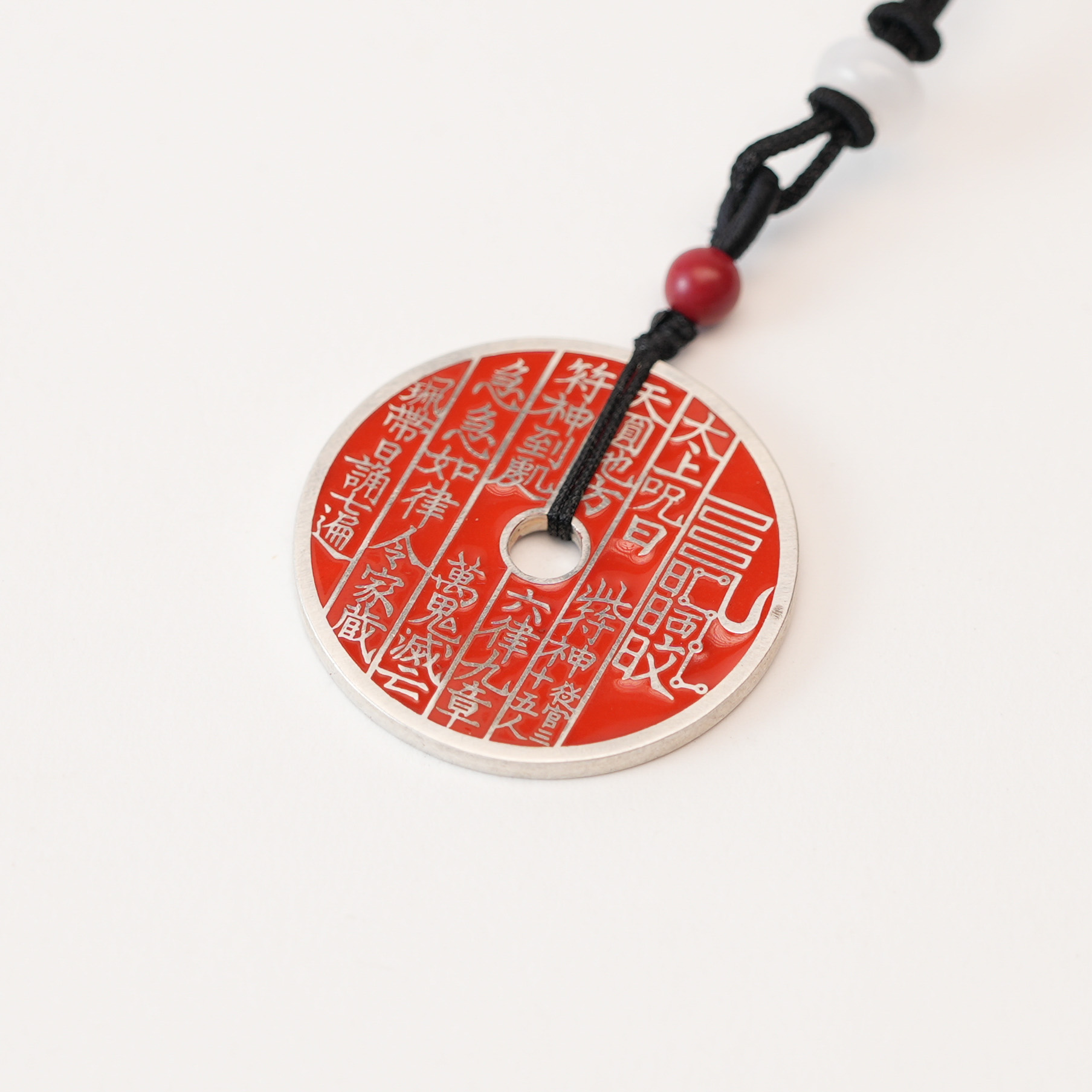Origin of the Bagua

Bagua, also known as Yiguà, is an ancient Chinese divination symbol and the basis of the I Ching, an ancient Chinese philosophical and cosmological work that has had a profound influence on later generations.
The origin of Bagua can be traced back to ancient times, but the exact time is no longer verifiable. However, based on archaeological discoveries and historical records, the following are some opinions on the origin of Bagua:
Fuxi created the trigrams: According to legend, the trigrams were created by Fuxi, one of the three legendary emperors of ancient times. Fuxi observed natural phenomena such as the sky, the earth and living creatures and classified them into eight basic symbols, i.e. the trigrams.
The He Tu Luo Shu: The He Tu Luo Shu are two ancient Chinese mystical patterns, and it is said that the trigrams originated from them. The symbols in the He Tu Luo Shu were interpreted as the trigrams, which in turn developed into the I Ching.
Folklore: In folklore, the Bagua originated from ancient witchcraft and divination activities. People observed natural phenomena and animal behavior to summarize the Bagua and use it to predict good and bad luck.
Archaeological discoveries: Archaeological excavations have unearthed a number of cultural relics related to the Bagua, such as oracle bones and bronzes. The symbols on these cultural relics are similar to the Bagua, indicating that it already existed in ancient times.
In short, there are various theories about the origin of the Bagua, but the exact time is no longer verifiable. What is certain is that the Bagua played an important role in ancient Chinese culture and had a profound impact on subsequent philosophy, religion, divination and other fields.




